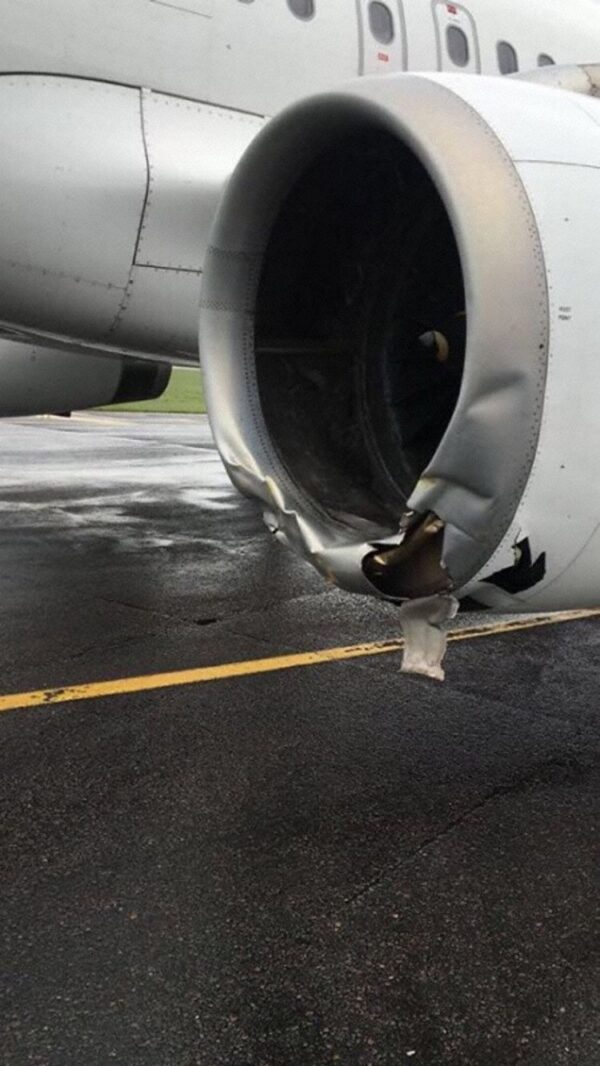Unraveling The Air Astana 2004 Incident: A Journey Into Aviation Safety
The Air Astana 2004 incident stands as a significant moment in the history of aviation safety, drawing attention to the challenges faced by airlines in ensuring the security and well-being of their passengers. This incident not only impacted the airline but also served as a learning experience for the aviation industry as a whole. Understanding the nuances of this event is essential for grasping the evolution of safety protocols and operational guidelines in the years that followed.
In 2004, Air Astana, the flagship carrier of Kazakhstan, experienced a critical incident that raised eyebrows and prompted discussions regarding safety measures in aviation. The event highlighted the importance of rigorous training for pilots and the necessity of adhering to established protocols to avoid potential disasters. With the increasing number of air travel incidents globally, the Air Astana 2004 incident became a case study for aviation authorities striving to enhance safety standards.
The aftermath of the Air Astana 2004 incident led to a thorough investigation that uncovered various factors contributing to the event. As a result, the airline implemented new training programs and safety protocols to prevent such incidents from reoccurring. This commitment to improvement not only restored public confidence in Air Astana but also emphasized the critical role of continuous learning and adaptation in the aviation industry.
- Exploring The Sibling Dynamics Of Hailey Bieber
- Exploring The Ethnicity Of Mark Paul Gosselaar A Cultural Mosaic
What Happened During the Air Astana 2004 Incident?
The Air Astana 2004 incident occurred on December 18, 2004, when a Boeing 737-500 was involved in a serious incident during its approach to the airport in Almaty, Kazakhstan. The aircraft experienced a dual engine failure, which led to a loss of control and a near-disastrous landing. Fortunately, the skilled crew managed to avert a catastrophe, landing the aircraft safely despite the dire circumstances.
What Were the Causes of the Air Astana 2004 Incident?
The investigation into the Air Astana 2004 incident revealed several contributing factors that played a role in the engine failure. Some of the primary causes included:
- Inadequate maintenance of the aircraft engines.
- Failure to properly monitor engine performance indicators.
- Insufficient training for the flight crew regarding emergency procedures.
- Poor weather conditions affecting visibility and decision-making.
How Did Air Astana Respond to the 2004 Incident?
In response to the Air Astana 2004 incident, the airline took immediate actions to rectify the shortcomings identified during the investigation. Key measures included:
- Exploring The Personal Life Of Lamine Yamal Do They Have A Child
- Unveiling The Life And Journey Of Grace Nickels
- Enhancing maintenance protocols and procedures to ensure aircraft safety.
- Implementing rigorous training programs for pilots and maintenance personnel.
- Improving communication and coordination between crew members during critical situations.
- Establishing a safety management system to monitor and analyze potential risks proactively.
What Impact Did the Air Astana 2004 Incident Have on Aviation Safety?
The Air Astana 2004 incident had a profound impact on aviation safety regulations, particularly in Kazakhstan and surrounding regions. Following the incident, regulatory bodies took notice of the gaps in safety protocols and began to enforce stricter regulations for airlines operating within their jurisdictions. This incident served as a wake-up call for the entire aviation industry, emphasizing the need for robust safety measures.
What Lessons Were Learned from the Air Astana 2004 Incident?
The lessons learned from the Air Astana 2004 incident can be summarized as follows:
- The necessity of regular and thorough maintenance checks on aircraft.
- The importance of comprehensive training programs for pilots and crew members.
- The need for effective communication and teamwork among crew members during emergencies.
- The value of a proactive approach to risk management and safety oversight.
How Has Air Astana Evolved Since the 2004 Incident?
Since the Air Astana 2004 incident, the airline has undergone significant transformations to enhance safety and operational efficiency. These developments include:
- Investing in advanced training facilities for pilots and crew members.
- Collaborating with international aviation organizations to align safety standards.
- Adopting state-of-the-art technology for aircraft maintenance and monitoring.
- Fostering a safety-first culture within the organization.
What Is the Current Status of Air Astana?
As of today, Air Astana has established itself as a reputable airline in the region, committed to providing safe and reliable air travel. The lessons learned from the 2004 incident continue to shape its operational strategies and safety protocols. The airline's focus on continuous improvement and adherence to international safety standards has earned it recognition and trust among passengers.
Conclusion: Reflecting on the Air Astana 2004 Incident
The Air Astana 2004 incident serves as a poignant reminder of the importance of safety in aviation. It highlights the need for constant vigilance, rigorous training, and adherence to established protocols to ensure the well-being of passengers. The changes implemented by Air Astana following the incident have not only fortified its operations but have also contributed to the overall advancement of aviation safety in the region.
- Exploring The Bond Jack Quaid And His Siblings
- Marlo Thomas And Her Children A Heartwarming Journey Through Motherhood

Air Astana Engine Incidents Exploring The 2004 And 2015 Cctv Footage

Kazakhstan’s Airline Air Astana Considers IPO Next Year Bloomberg

Air Astana takes delivery of eighth Airbus A321LR